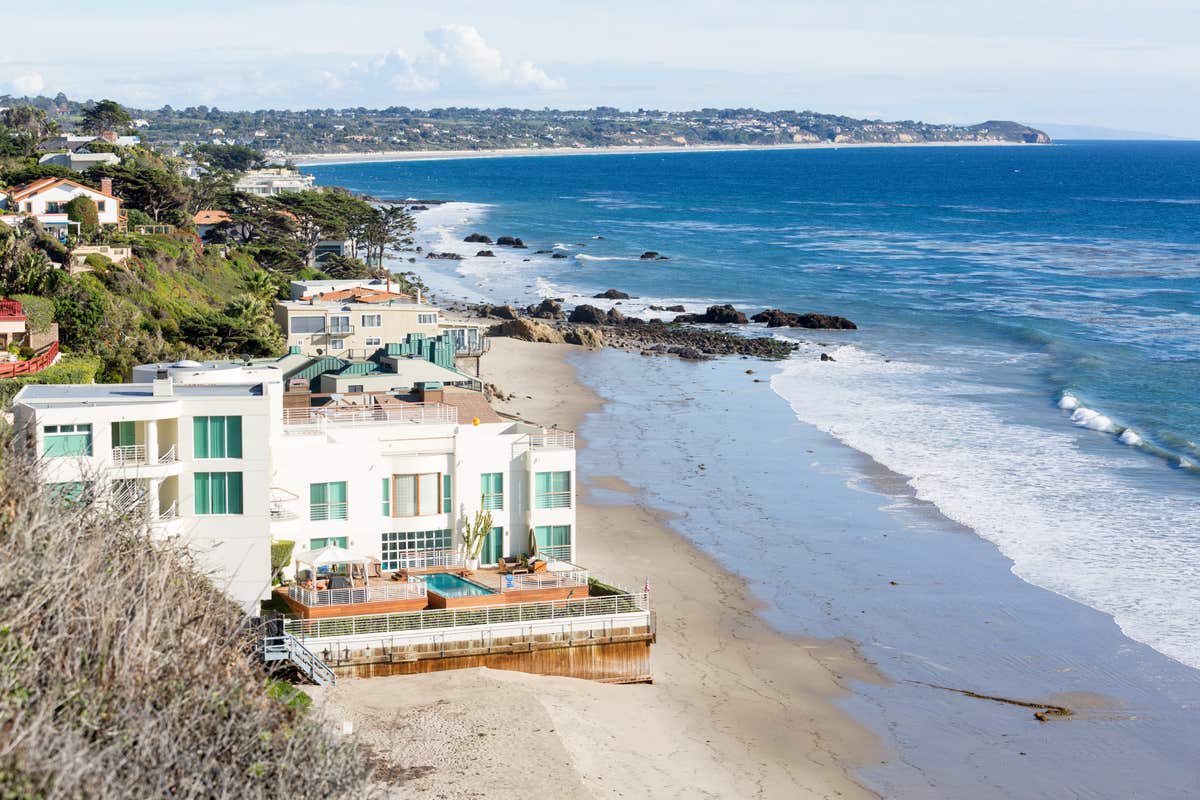What is Flood Zone VE?
Flood Zone VE is the Federal Emergency Management Agency (FEMA) designation for high-risk coastal communities. It is a Special Flood Hazard Area (SFHA), which means homeowners in this flood zone usually need flood insurance.
On top of pooling water and flooding after heavy rains due to nearby streams or rivers, coastal areas have additional exposure thanks to storm surges. The “V” stands for the velocity generated by incoming waves during storms.
Homeowners in Flood Zone VE have a one percent chance each year of seeing floodwaters rise to the area’s base flood elevation (BFE). The risk increases to 26 percent over the course of a 30-year mortgage.
What is Flood Zone VE’s base flood elevation?
A base flood elevation is the height FEMA calculates waters can reach or exceed in a 100-year flood event. The BFEs in Flood Zone VE vary by location but can be as high as 14 feet. You can go to FEMA’s Flood Service Center to search for your property’s BFE.
While your BFE is a good indicator of an area’s flood risk, it can’t predict what will actually happen. Floods may occur more or less often or reach higher or lower levels.
Are homes in Flood Zone VE required to have flood insurance?
Flood Zone VE is a Special Flood Hazard Area (SFHA) where homeowners are required to buy flood insurance if they have a federally backed mortgage. Additionally, your home must meet certain guidelines to qualify for some flood insurance policies:
- The lowest inhabitable level must be above the BFE.
- Any unclosed area below the BFE can’t be used as living space.
- The structure must be elevated by piles, piers, posts, or column foundations.
- Electrical, ventilation, plumbing, and air conditioning equipment needs to be above the BFE.
Even if you meet these standards, you may have a hard time getting homeowners insurance. Many companies won’t even offer policies to people in Flood Zone VE because of the increased risk. This is why the federal government created the National Flood Insurance Program (NFIP). Most homeowners who need flood insurance but can’t find someone to insure them can get a policy through the NFIP.
The NFIP vs. private flood insurance for Flood Zone VE
While the NFIP is the largest flood insurance program in the nation, it isn’t necessarily the cheapest or the best. The NFIP caps dwelling coverage at $250,000 and personal belongings at $100,000, which may not be enough for your particular situation, and the average policyholder pays $700 per year. That average, however, includes homeowners with very little flood risk.
The NFIP also has a 30-day waiting period before your coverage takes effect. If your home floods during those 30 days, your NFIP policy doesn’t cover the damage.
By contrast, private insurers can usually offer higher limits than what you’d get with the NFIP and give you more options, including:
- An endorsement to your homeowners' insurance to cover floods.
- A standalone flood insurance policy.
- Excess flood insurance covers claims that exceed the limits of an NFIP policy.
If you need flood coverage immediately, then an endorsement is probably the best way to go. Ours can be added to your homeowners' insurance with no waiting period, and we match your flood insurance to your homeowners limit so you get more coverage.
How much does flood insurance cost in Zone VE?
Flood insurance in Flood Zone VE can cost anywhere between $8,000 and $14,000 per year from the NFIP. That’s a wide range, but insurers look at a lot of variables when they price policies, including:
- Your building structure and value.
- The value of your personal belongings.
- Your flood zone.
- Your home’s lowest level in relation to your BFE.
Our policies average $1,202 per year for Flood Zone VE.
Tips for homeowners in Flood Zone VE
If you live in Flood Zone VE, you can better protect your home by:
- Having a home raised above the BFE.
- Move essential home system equipment above the BFE.
- Landscape your yard so it slopes away from your home.
Minimizing damage from a flood is a good way to keep your flood insurance costs down.
Learn more about flood zones

